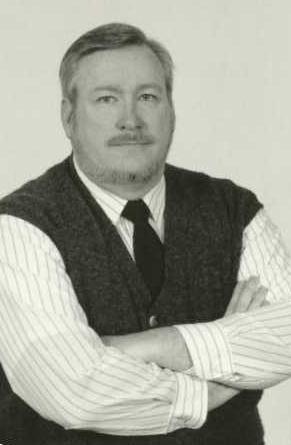Broodmare Management – Henry & Associates
Broodmare Management Issues
Vaughn W. Henry
The reproductive anatomy of the mare often predisposes female horses to be subfertile or even sterile. Owners and breeding farm managers should conduct a thorough pre-breeding exam in cooperation with their veterinary advisors and select out those individuals likely to cause grief. Note the scars and damage from previous foaling, look for poorly conformed labia and a forward tilt to the vulva and see if there is dried pus or other signs of infection. These mares tend to have problems conceiving due to the accumulation of fecal contamination or urine pooling in the vagina. This contamination and the associated pathogens are easily drawn into the vagina, and later into the cervix and uterus, when the mare is in heat and or when bred in less than ideal sanitary conditions. Besides physical contaminants, sometimes anatomical defects like poor labial tone or vulvo-vestibular closure causes mares to be “wind-suckers” and they will have a condition called pneumovagina. This condition of excessive air in the tract irritates the vagina and cervix, and sets up the mare for infections. A veterinary surgical procedure, a Caslick’s, often corrects this condition but the mare is somewhat harder to breed and the opening must be modified with an episiotomy prior to foaling or excessive tearing may occur during the foal’s birth. Generally, once a mare has had the procedure, it must be repeated every year.
On the accompanying illustration (taken from the Anatomy of Domestic Animals – 4th Edition by Sisson and Grossman, W. B. Saunders Co.) note the location of the kidney (#13), the supporting broad ligament (#6), left ovary (#1), oviduct or Fallopian tube (#2), left uterine horn (#3), uterine body (#5), vagina (#7), labia (#8), bladder (#15), and the surrounding bony pelvic structure (#d, e, f). A thorough understanding of the mare’s anatomy allows the breeder more opportunity to overcome problems and raise healthy foals consistently.
Maintaining uterine health is important for continued fertility, as the subfertile mare lacks the resources to prevent opportunistic organisms from infecting her tract. Good management practices are essential for success.
Suggested Management
- Identify potential problem mares early, as it often takes six months or more to treat successfully. Use the autumn and winter as a period to isolate, medicate and improve the success rates of your barren mare herd.
- Eliminate parasite problems, adjust the mare’s plane of nutrition so she is neither carrying excessive weight nor extremely thin. Many managers like for mares to come out of the winter season in a weight gaining state to encourage improved cycling and fertility. This is called “flushing” and is a common technique in other farm species.
- The use of increased lighting regimes to simulate the approach of breeding season will accelerate the transition period in mares’ estrous cycles when they are exposed to 12 to 16 hours of light per day over a four to six week period in the early part of the season. There are sophisticated light meters which can measure the amount of effective light stimulating the mare’s pineal gland, but a good test in the field is the ability to read newspaper print in the stall or loafing shed. If it’s too dark to easily read the type, then there’s probably not enough light to adequately stimulate the mare’s reproductive system.
- If necessary, have a microbial culture of the cervix and uterine lining (endometrium) performed. A culture may be able to identify if a pathogen is causing problems and the results may suggest which antibiotic treatments, if any will be most effective. Some clinicians use a direct swab of the uterine lining, looking for the presence of excessive white blood cells. These cells, neutrophils, are the response to infectious agents in the tracts and can give the managers immediate feedback on whether or not the mare is infected.
- An endometrial biopsy (samples of the uterine lining microscopically examined) may be helpful in determining the extent of damage and likelihood of breeding success.
- Mares with poor conformation and a tendency to re-infect themselves may benefit from a Caslick’s procedure or a more involved episioplasty and reconstruction of the vulva.
- Pre-breeding sanitation, of both the mare’s and stallion’s genitals, is important if recontamination is to be avoided. Artificial insemination may reduce the number of organisms introduced into the tract by incorporating antibiotics in the semen extenders and reducing the trauma of breeding naturally.
- Artificial insemination and improved stallion management play an important part in this plan; so don’t neglect the stallion.

Older mares with a history of several foals often have broad ligaments(or see view #2 that have stretched excessively. The forward pull of the uterus over the brim of the pelvic floor and loss of uterine tone causes some mares to “pool” fluids and may contribute to poor uterine health.
“no one loves a barren mare” – horse owner lament
The close cooperation among the breeding farm staff, veterinary consultants and owners is required if these marginally fertile mares with their compromised defense mechanisms are expected to breed, stay pregnant and deliver a healthy foal successfully. The alternative is to keep barren mares, pay the economic expense and for those mares that against all odds do become pregnant, produce healthy foals only rarely and sickly foals often.















 Often, arranging your affairs is more about preserving dignity and control.
Often, arranging your affairs is more about preserving dignity and control.


